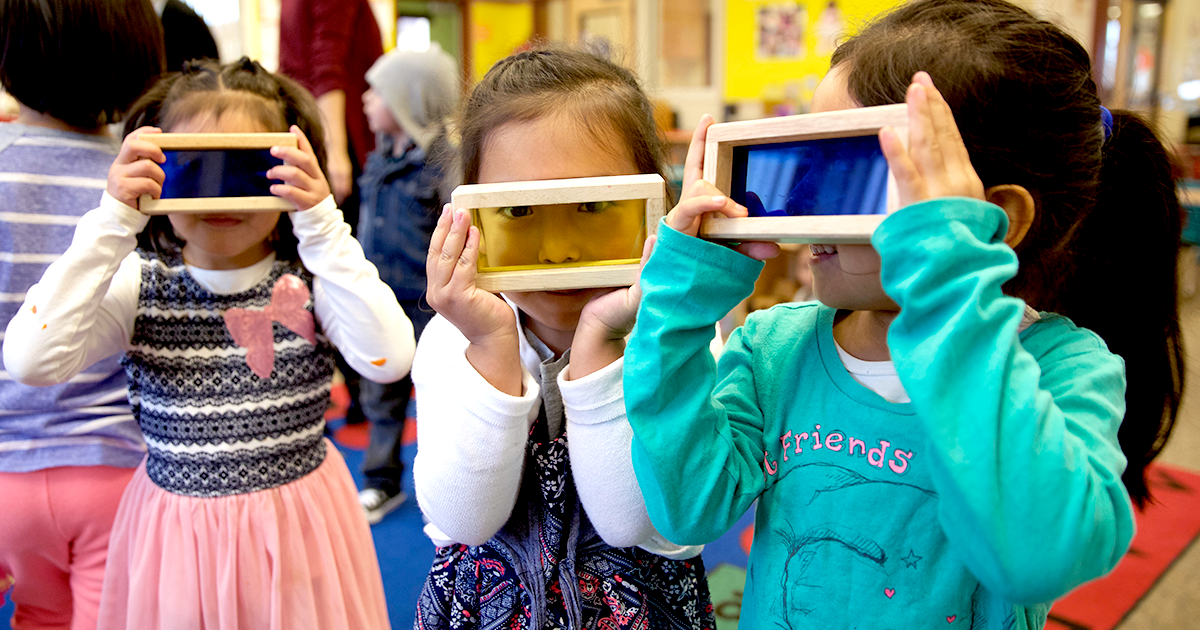New Study Finds That Science Curriculum Aligned to Next Generation Science Standards Enhances Early Learning
Posted on

Since the release of A Framework for K–12 Science Education and the Next Generation Science Standards (NGSS), there has been an increased emphasis on kickstarting students’ early science learning. This comes at a time when National Assessment of Educational Progress (NAEP) assessment data show disparities in science achievement beginning as early as 4th grade. Inconsistent science education contributes to these disparities, with students in underresourced schools often not encountering consistent science instruction until middle school. When science opportunity gaps begin at an early age, they can impact students’ science achievement over time and create larger disparities.
New research findings suggest that by using an NGSS-designed curriculum that supports science learning and literacy development together, schools can increase science instruction in the early grades and see improved science achievement while young students continue to develop their reading skills. The study conducted by WestEd, a national, nonpartisan, nonprofit research and service agency working to improve education and human development, is one of the first independent, randomized controlled trials to evaluate the efficacy of widely available, integrated curriculum materials aligned to NGSS for elementary classrooms.
The study addresses a major obstacle for implementing science instruction aligned to NGSS in early elementary classrooms: given the high-priority emphasis on language arts and mathematics learning in elementary school, how can educators allot appropriate instructional capacity and resources to support early science education? WestEd researchers evaluated the effects of Amplify Science’s 1st grade curriculum, which includes daily science lessons that intentionally integrate science learning with students’ literacy development.
Key findings include the following:
● First grade students in classrooms that used Amplify Science materials achieved higher scores on end-of-year NGSS-focused assessments than students in classrooms that did not use the curriculum.
● Students in both the study and control classrooms—those who used the Amplify Science materials and those who did not—performed similarly on an end-of-year standardized reading assessment.
The findings build on existing research that suggests attending to literacy development as part of science learning in early elementary classrooms can support students’ grasp of science earlier in their academic journeys while developing students’ literacy skills.
“Science has long been undervalued in the early grades,” said Christopher Harris, Director of Science and Engineering Education Research at WestEd. “If we want to address the disparities that come with inconsistent science education, we must start teaching science much earlier than we currently do.”
The new research follows up a 2022 WestEd study on Amplify Science’s middle school curriculum, which examined the impact of the curricular program in 7th grade classrooms. The middle school curriculum included a digital platform for students and teachers, along with hands-on activities for the classroom; teachers also received professional learning on the curriculum. The 2022 study found that students in 7th grade classrooms that implemented the Amplify Science curricular units in physical science scored significantly higher on an NGSS-focused assessment than students in classrooms that did not implement the curriculum.
Taken together, the WestEd findings underscore the importance of early science education, and particularly the availability of high-quality, effective science curriculum materials that align with the NGSS.
